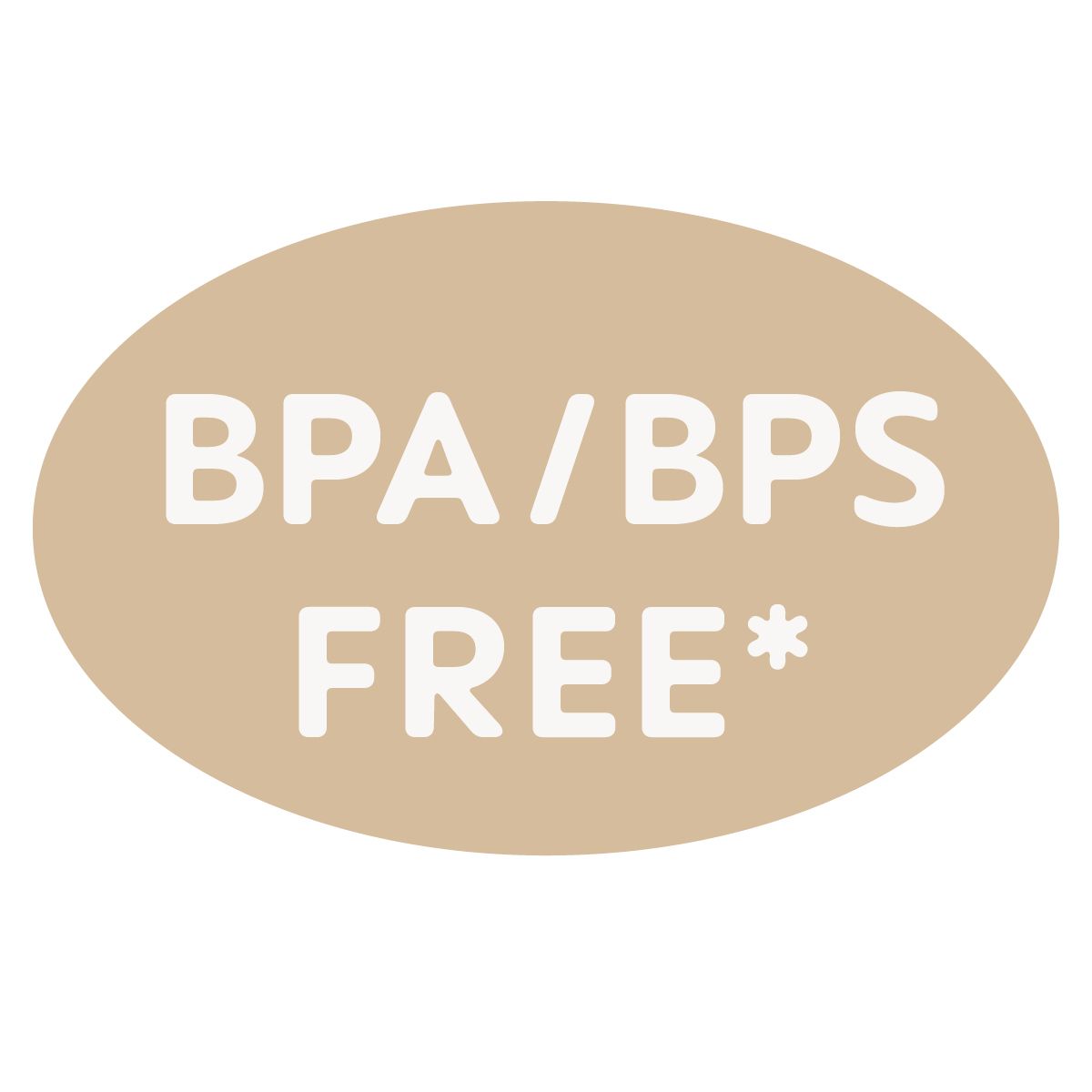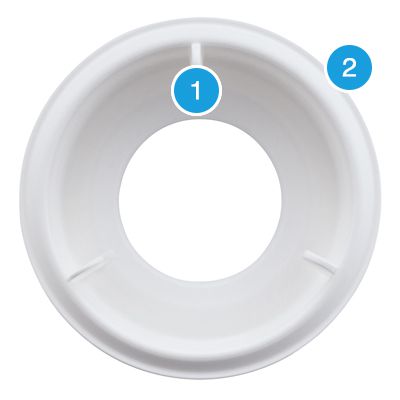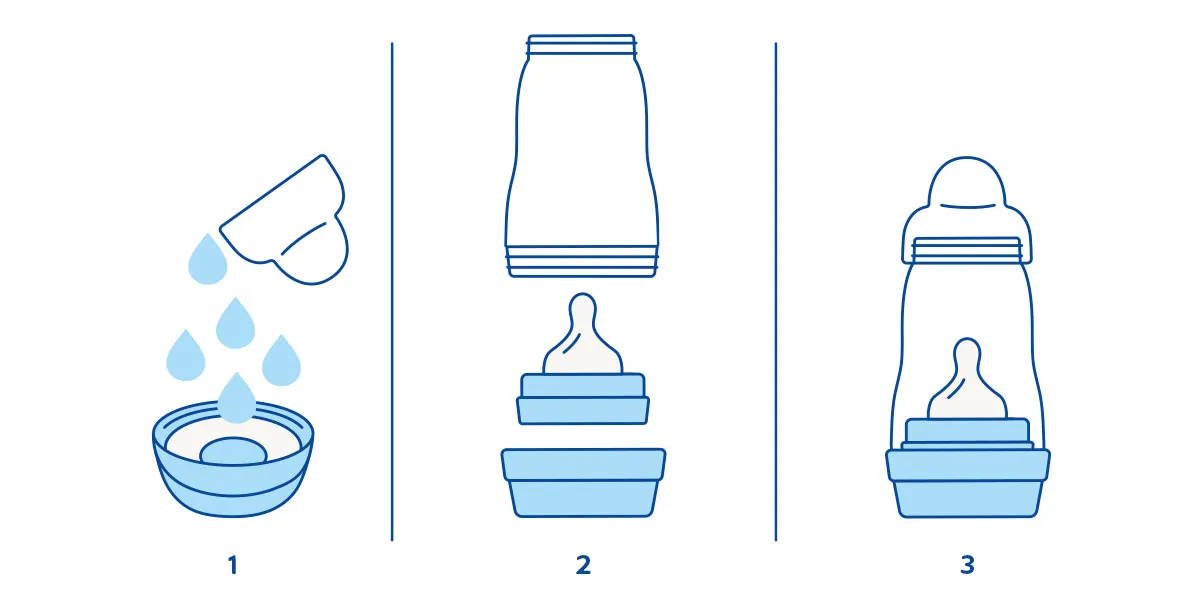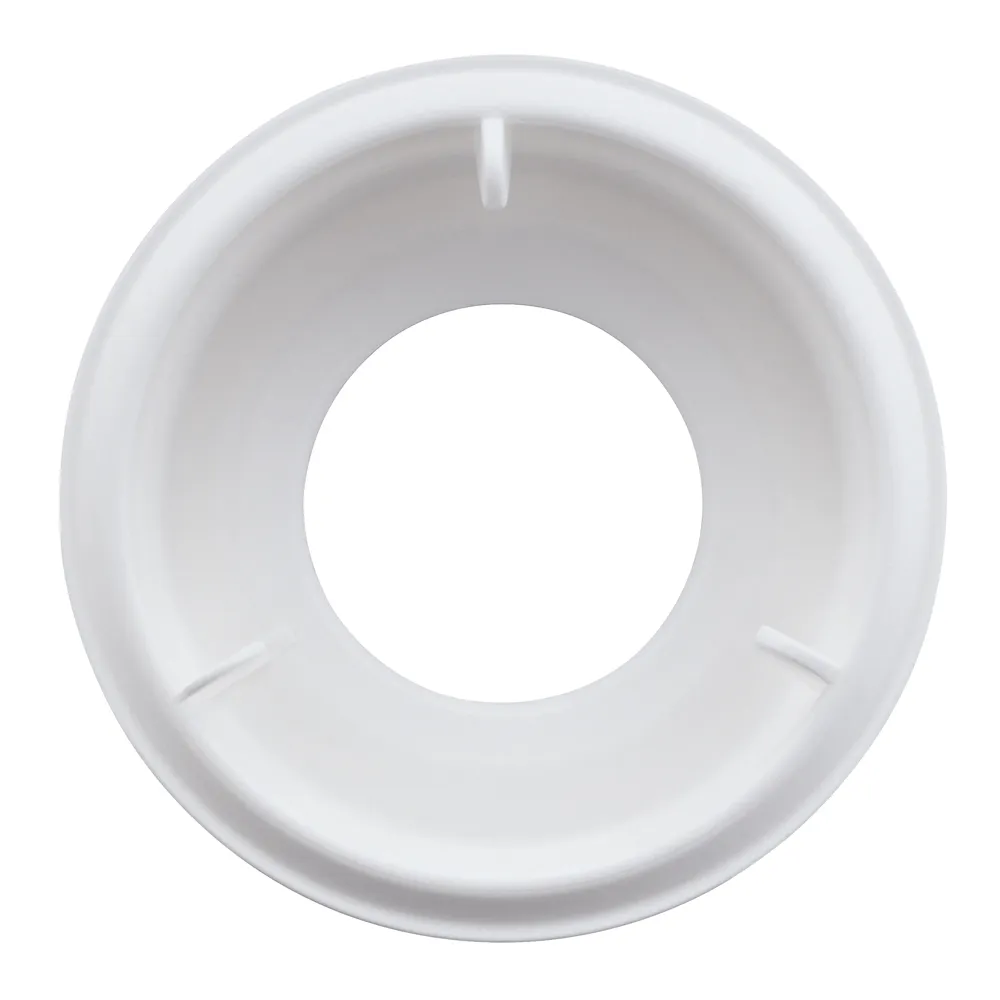Easy Start™ Anti-Colic Valve Set


The innovative MAM Anti-Colic valve regulates the drinking flow and ensures babies can drink calmly and relaxed – without air swallowing.
- 80% less colic*: The innovative valve helps to minimise colic by reducing air swallowing.
- Easy to clean and change – fits all MAM Anti Colic bottles.
- Includes 2 Anti-Colic Valves.
** Medical study 2011/Market research 2010, tested with 204 mothers.

1.3 LINKS: Make inserting, centering and removing the valve easy.
2.SHAPE: Allows easy cleaning of valve. Compatible with all MAM Anti-Colic bottles.

All MAM products are made from materials free of BPA and BPS

For babies from 0 months

HONORED WITH THE EU PRODUCT SAFETY AWARD 2019
Yes, because the innovative protective cap ensures that the liquid remains in the bottle. This means there is no need for any small sealing disc: Simply place the protective cap on the bottle and then you can transport it safely.
Self-Sterilising
- The self-sterilising feature of the Easy Start™ Bottle is proven to be effective for killing common household germs and bacteria. For the best results, please follow all instructions carefully.
- Clean thoroughly as instructed above before self-sterilising.
- After cleaning, assemble bottle parts in the following way: base with with silicone valve, teat with screw ring/collar, bottle body and lid.

Step 1: Using the scale on the bottle lid, measure 20ml of tap water and pour this into the base (with white valve)
Step 2: Place the screw ring/collar with teat on the bottle base with water. Place and rest the bottle body over this. (DO NOT SCREW DOWN).
Step 3: Place the lid on top - your bottle is now ready for self-sterilising. Set your microwave timer according to how many bottles you are simultaneously cleaning. Set microwave from 500 to 1000 Watts.

- After self-sterilising allow bottle to cool down before removing from microwave.
- Recommended cooling time at least 10 minutes with opened microwave door. Be careful to hold the base and keep the bottle straight when removing from the microwave to avoid spilling any left over hot water.
- After the process is complete, if the bottle is left as assembled in step 3, it will remain disinfected for up to 48 hours. When self-sterilising on the go, you should self-sterilise, assemble your bottle and make up your feed straight after self-sterilising.
- After cooling time and using the bottle straight away: remove from the microwave and pour away any leftover water carefully. Shake parts to remove excess water.
- When Assembling do not worry about some water remaining on the bottle parts, this has been disinfected.
- Follow the user manual instructions for your microwave/device.
- Ensure that all parts from the self-sterilising bottle and microwave (including waveguide cover and turntable) are COMPLETELY clean and free from dirt, food residue, fat or oil splashes. If not this could lead to the product melting, the microwave sparking or the waveguide cover burning!
- The self-sterilising bottle should always be placed on the outer sides of the turn plate, and not in the centre of the plate as this could result in uneven heat distribution for disinfection.
- Do not leave your microwave unattended during the sterilising process.
- Never self-sterilise your bottle without water or incorrect water level; please be sure to use exactly 20mls of tap water.
- Always set the microwave to the correct power and time. If using a combination microwave, ensure the bottle is not exposed to the heat of the grill because this will damage it.
Bisphenol A (BPA) is an important component for the manufacturing of polycarbonate (PC), whereas Bisphenol S (BPS) is an organic chemical used to make polysulfone. Among other items, food packaging, plastic utensils and baby bottles are just a few examples of products made with PC, whereas the main usage of BPS is in thermal papers and inks. The problem: Trace amounts of chemical substances gradually leach out of the plastic into the food and might eventually get into the body. This can affect small children and infants in particular.
As a result of exposure to BPA, experts and studies have seen disruptions to the hormone system and brain, diabetes and heart damage as well as an increased risk of cancer. Although scientific evidence is not yet conclusive, the European Commission - based on the precautionary principle - has banned the usage of BPA in baby bottles in order to protect the health and safety of babies and small children.
Before the bottle is placed in the water bath or the bottle warmer, the teat and cap must always be removed. The contents of the bottle must not boil – so do not pour any boiling liquids into it!
The MAM bottle is unscrewed and taken apart to make it easier to clean. This makes it easy to rinse the individual parts with water and a mild cleaning agent. All individual parts become hygienically clean in any steriliser. Sterilisation before each use of the bottle is particularly important for newborns.


